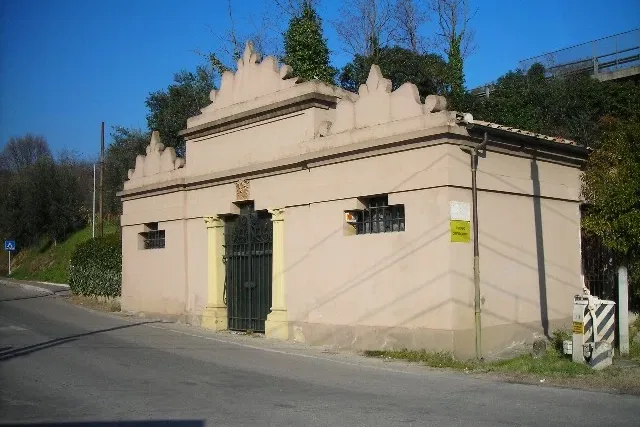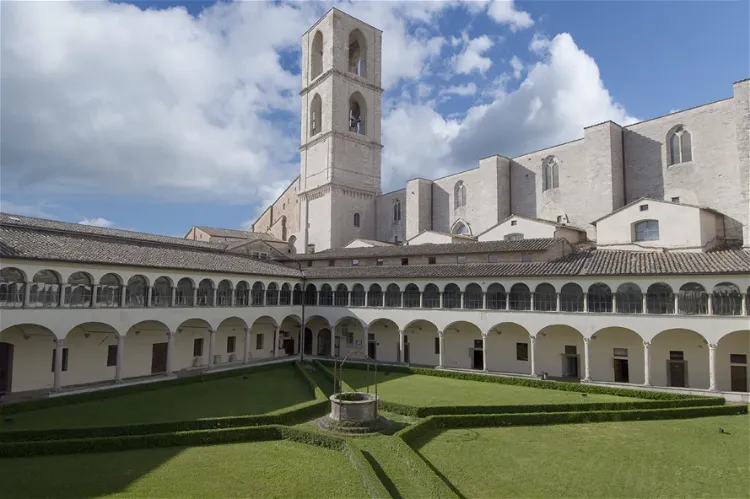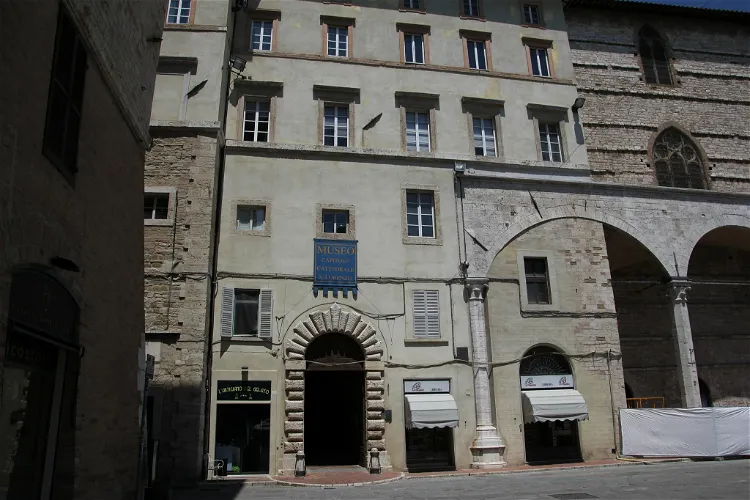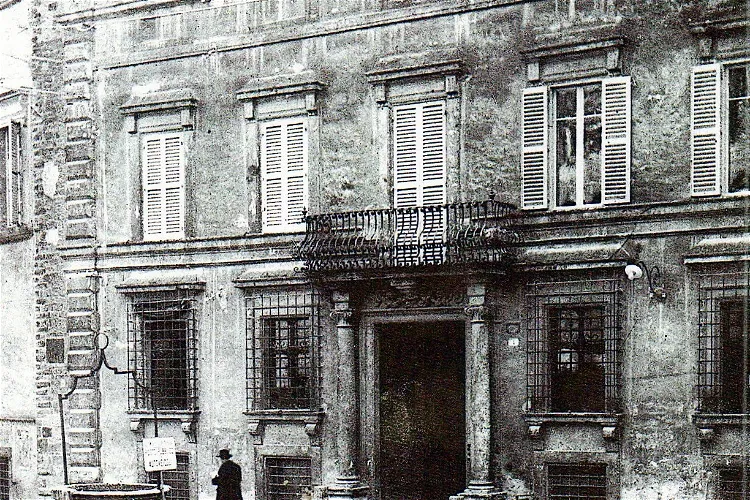Are you curious about ancient civilizations and archaeological finds? Here are the archaeology museums you must see in Perugia:

Hypogeum of the Volumnus family
PerugiaThe Ipogeo dei Volumni is an ancient Etruscan hypogeum tomb that dates back to the second half of the 2nd century BC. It is located 5 km southeast from the center of Perugia, in via Assisana, Ponte San Giovanni. This historical site offers a unique glimpse into the burial practices of the ancient Etruscan civilization, making it a fascinating destination for those interested in history and archaeology.
National Archaeological Museum of Umbria
PerugiaThe National Archaeological Museum of Umbria, also known as Museo archeologico nazionale dell'Umbría or MANU, is an archaeological museum situated in the heart of Perugia, in the Giordano Bruno square. This museum is a significant cultural institution in the region, offering a comprehensive view of the region's rich archaeological history.
Museo del Capitolo della Cattedrale di San Lorenzo
PerugiaThe Museo del Capitolo della Cattedrale di San Lorenzo, also known as the Museum of the Cathedral of Perugia or the Museum of the Work of the Duomo, is a museum located in Perugia, Italy. It is situated adjacent to the San Lorenzo Cathedral, making it a convenient stop for those visiting the cathedral. The museum was established by the 'Chapter of the Cathedral' and is housed in one of its dependencies.
House Museum of Palazzo Sorbello
PerugiaPalazzo Sorbello is a historic building in Perugia, constructed in the late 16th century. It is located in the city center, a short distance from the San Lorenzo cathedral. The building's entrance opens onto Piazza Piccinino, opposite the mouth of the Etruscan well, an important underground monument from the Etruscan era (3rd century BC).